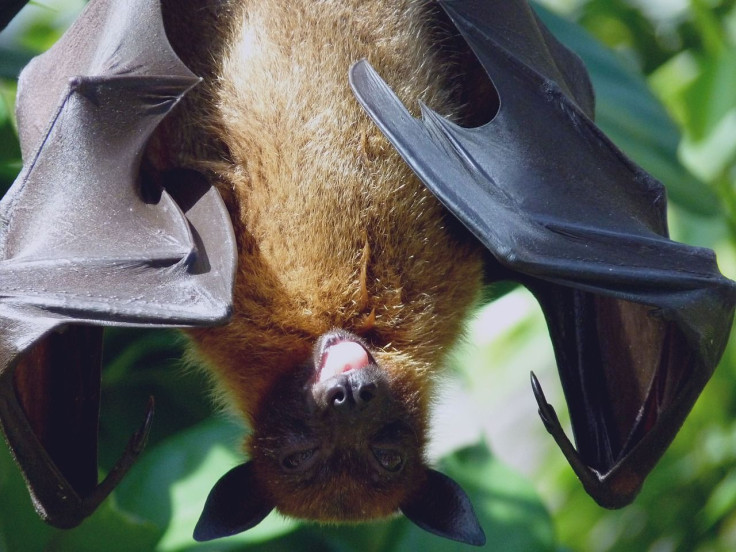Scientists Identify COVID-Like Langya Virus As Potential Future Threat

Scientists may have found another dangerous virus with similarities to SARS-CoV-2, the pathogen responsible for the COVID-19 pandemic.
Amid the diminishing threat of the COVID-19 pandemic, scientists have turned their attention to identifying the next potential large-scale pathogen that could pose a threat to humanity. Surprisingly, a little-known but formidable virus called Langya has emerged as a candidate, sharing striking similarities with COVID-19, according to a recent article published in the journal Nature Communications.
Langya virus, belonging to the Henipavirus family, causes fever and severe respiratory symptoms, and can lead to fatal pneumonia, mirroring the initial characteristics of COVID-19. Like COVID-19, it was first identified among humans in China, infecting 35 farmers and residents who likely had contact with shrews.
Researchers warn that Henipaviruses, including Langya, have the potential to jump from animals to humans and trigger spill-over events. Dr. Ariel Isaacs, a researcher at the University of Queensland, emphasized the importance of understanding the inner workings of these emerging viruses in the article.
Henipaviruses, known as the most lethal paramyxoviruses, have a fatality rate of around 70% among those infected. The Nipah virus, first observed in pigs in Malaysia and Singapore in the late 1980s, and the Hendra virus, initially detected in racehorses and humans in Australia in 1994, were the first two Henipaviruses identified in humans.
Pigs, fruit bats, cats, dogs, horses and humans serve as natural carriers of Henipaviruses. These viruses can cause respiratory illness, severe flu-like symptoms, encephalitis (inflammation of the brain) and other neurological complications leading to death.
Due to their ability to infect a wide range of hosts and cause significant mortality in humans, Henipaviruses are considered a public health concern, as highlighted by the World Health Organization (WHO) in a published brief.
Langya virus is closely related to the Mòjiāng virus, which shares alarming similarities with the initial COVID-19. Both Langya and Mòjiāng cause severe pneumonia, and Mòjiāng is known to result in ground-glass opacities on lung X-rays and severe acute respiratory distress syndrome (ARDS) — characteristics also found in the early stages of COVID-19.
No specific treatment is currently available for Langya virus or other Henipaviruses. The WHO has prioritized research on vaccines and therapeutics for this group of viruses due to their high case fatality rate and the global migration of fruit bats, which facilitate their widespread dissemination, according to Fortune Well.
While a vaccine for the Hendra virus is available for animals, human trials of a similar vaccine are underway. However, the authors noted that the Hendra vaccine is unlikely to be effective against Langya or its close relative, Mòjiāng, highlighting the need for further research and development of targeted countermeasures.



























